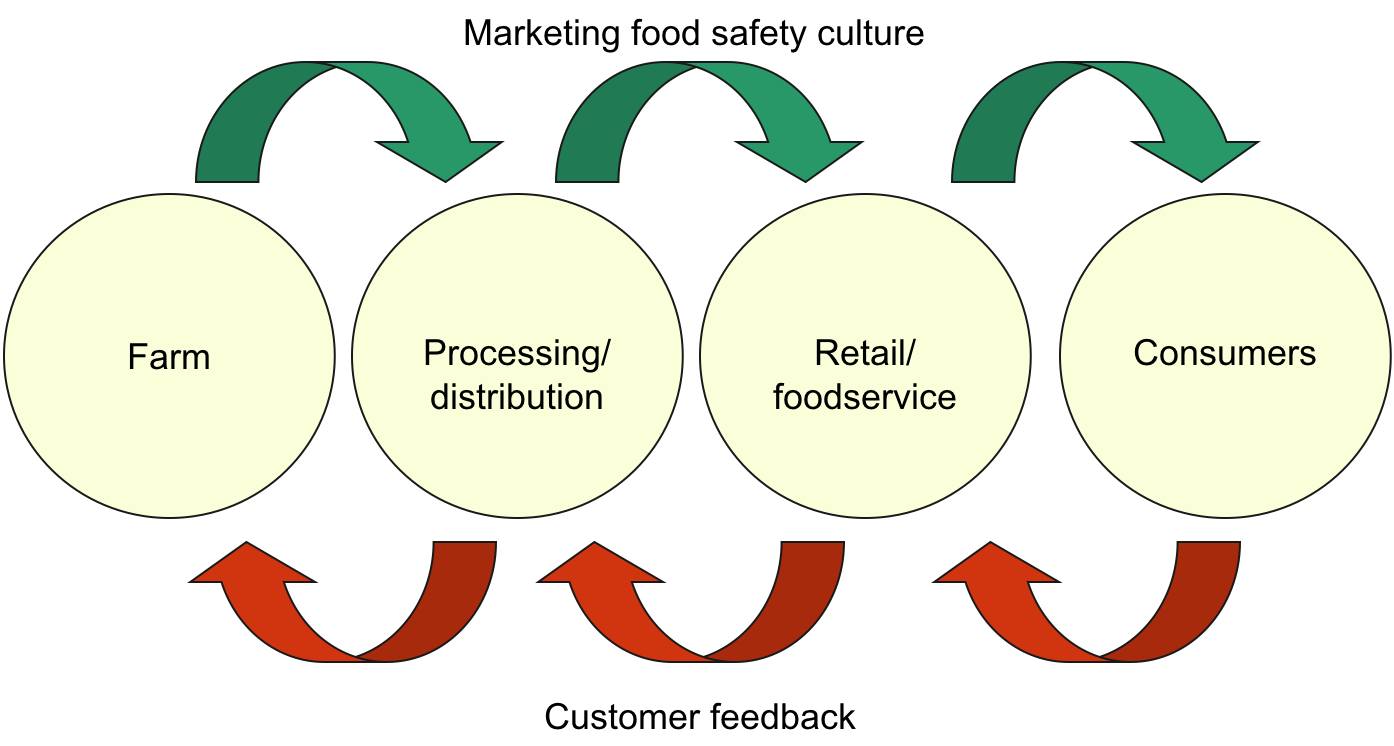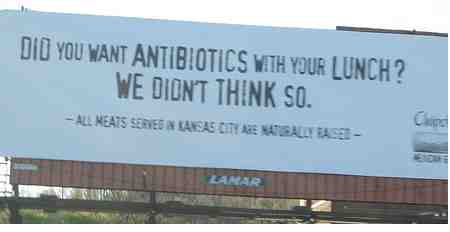Julie Schmit of USA Today has written another excellent overview documenting the multiple failures – bad inspections, bad audits, bad people — that led to the peanut paste crapola that sickened 700 and killed nine.
.jpg) Below are just a few of the highlights:
Below are just a few of the highlights:
•Deibel Labs, which ran more than 1,600 salmonella tests for PCA’s Blakely plant from 2004 through 2008, found almost 6% positive. It was so many that Deibel sent PCA’s samples to a separate part of its Chicago lab to lessen chances that they’d contaminate other products, Charles Deibel, the firm’s president, said in an interview. For roasted products such as peanuts, a positive rate above 1 in 10,000 would be high, Deibel said. Proper roasting kills salmonella with heat. PCA never asked Deibel to look into the issue, Deibel said.
•Nestlé audited the Blakely plant in 2002 and rejected it as a supplier. Nestlé’s audit report said the plant needed a "better understanding of the concept of deep cleaning" and failed to adequately separate unroasted raw peanuts from roasted ones. Having them in the same area could allow bacteria on raw nuts to contaminate roasted ones, a risk known as cross-contamination. The plant wasn’t even close to Nestlé’s standards, auditor Richard Hutson said in an interview. Hutson, who now heads quality assurance for several Nestlé divisions, said he shared his concerns with PCA officials at the time, but "they didn’t pursue it" further with Nestlé, he says.
• To win customers, Parnell "extolled" the fact that an auditor, AIB International, had rated the plant as "superior," said King Nut CEO Martin Kanan at a congressional hearing. King Nut sold peanut butter under its name that was made by PCA. That rating also satisfied Kellogg, which began buying PCA’s peanut paste for sandwich crackers in 2007.
• AIB also draws criticism from a former food-industry official. Its audit of PCA was "superficial," said Jim Lugg, former food-safety chief for bagged salad maker Fresh Express, who reviewed AIB’s audit of PCA at USA TODAY’s request. One example of "shallow treatment of a big issue," Lugg says, is that the audit notes that PCA had a written program to evaluate suppliers and had an approved list. But AIB did no further checking of the suppliers. Years ago, Fresh Express stopped using AIB audits because it found them inadequate, he adds.


 I ride my bike around town (which is a health hazard in Manhattan), we had a fabulous salad of greens grown in our own garden last night for dinner along with the tuna steak (which wasn’t grown in Kansas), yet when I speak at a local panel or read something, it’s all these folks falling over themselves to be declared green.
I ride my bike around town (which is a health hazard in Manhattan), we had a fabulous salad of greens grown in our own garden last night for dinner along with the tuna steak (which wasn’t grown in Kansas), yet when I speak at a local panel or read something, it’s all these folks falling over themselves to be declared green. 


 We here at barfblog.com continually advocate keeping as much poop out of food as possible, and proudly wear our
We here at barfblog.com continually advocate keeping as much poop out of food as possible, and proudly wear our 
 Kate Gosselin of
Kate Gosselin of .jpg) Below are just a few of the highlights:
Below are just a few of the highlights:

 survey obtained from the Oregon Food Handler Certification Program with 407 food handlers from 67 randomly-selected restaurants.The researchers found that their participants averaged 68% on the test. Significant differences were observed between managers’ average test scores and those of line staff: 74% versus 67%, respectively, and those with Oregon food handler training scored 69%, while those without one scored 63%.
survey obtained from the Oregon Food Handler Certification Program with 407 food handlers from 67 randomly-selected restaurants.The researchers found that their participants averaged 68% on the test. Significant differences were observed between managers’ average test scores and those of line staff: 74% versus 67%, respectively, and those with Oregon food handler training scored 69%, while those without one scored 63%.